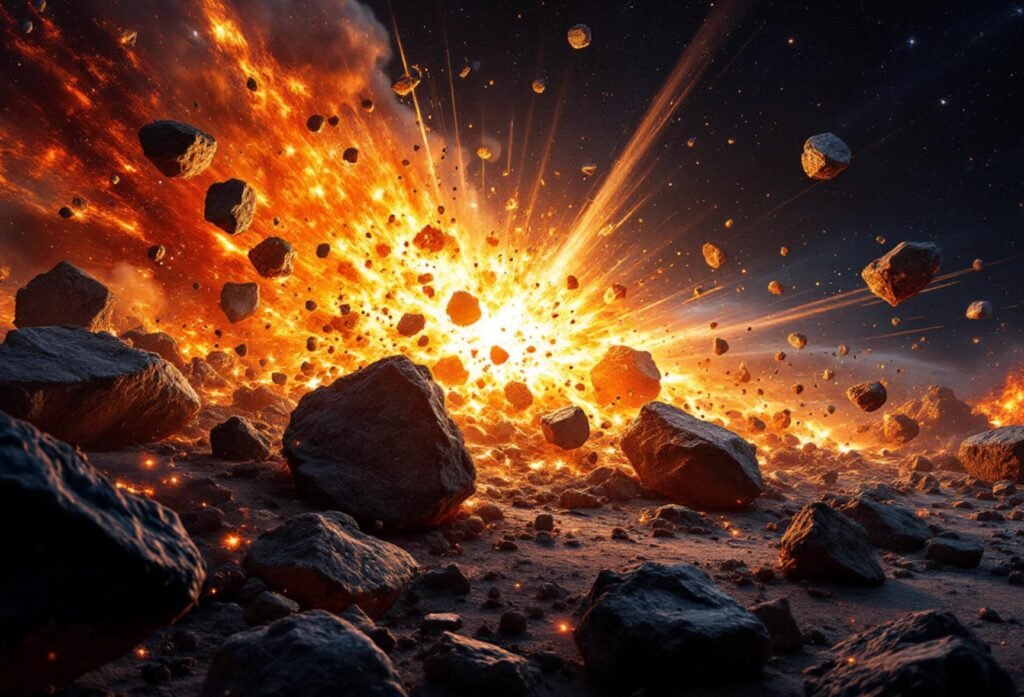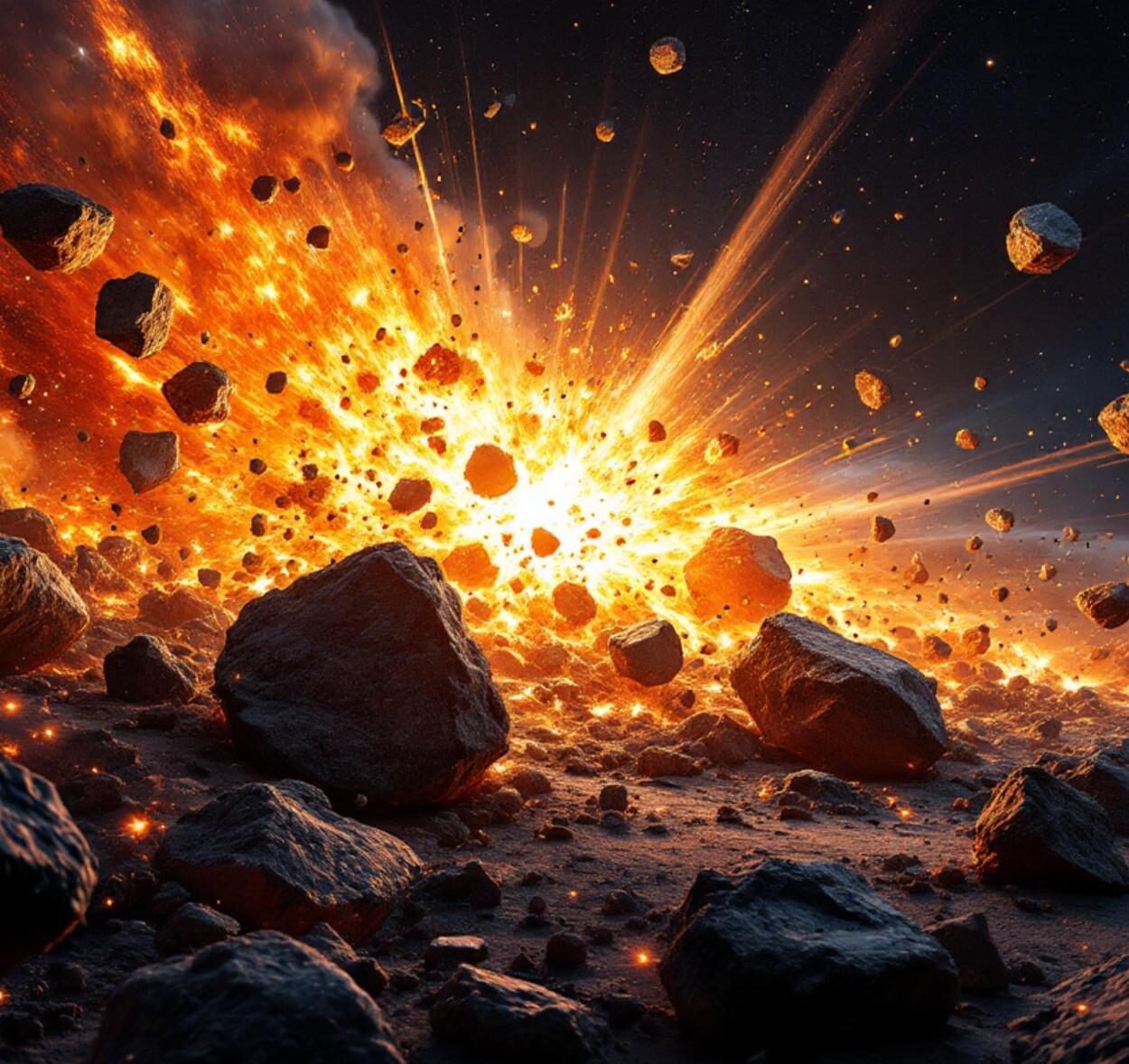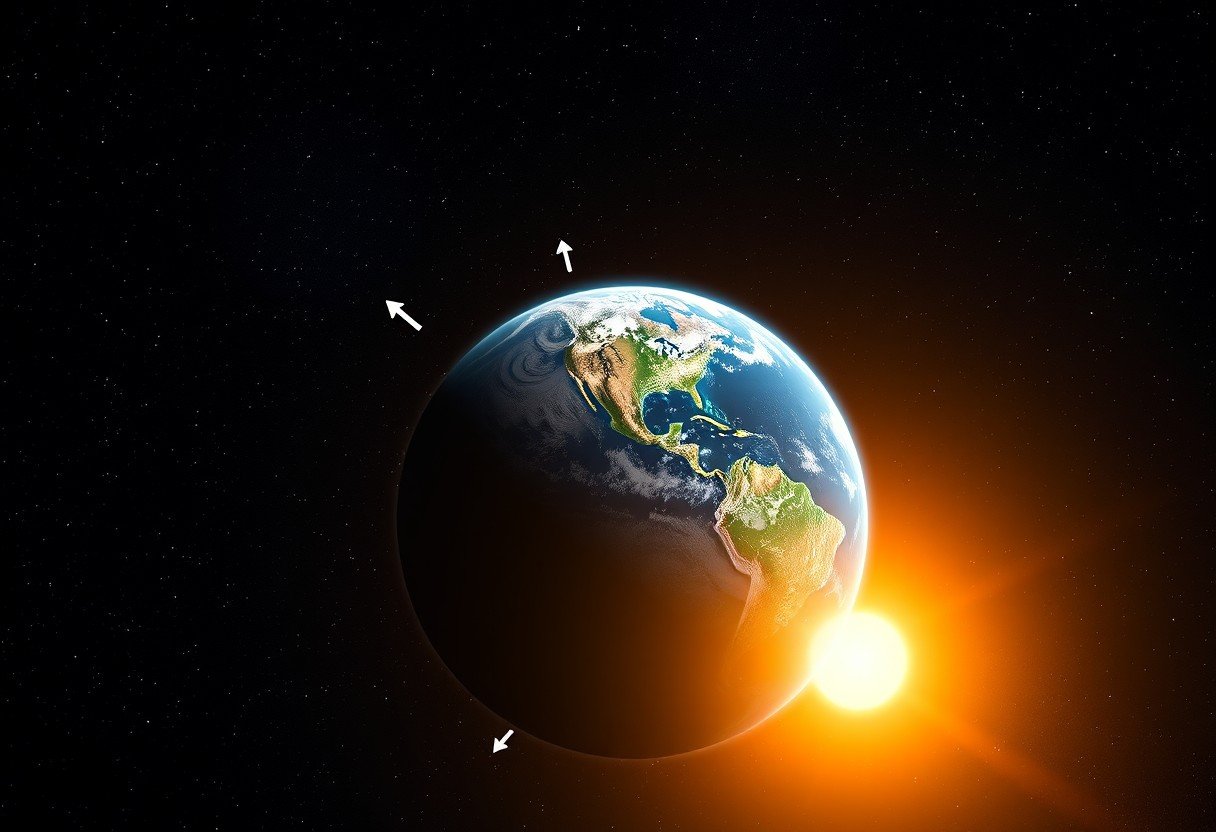Scientists are pushing for a bold plan to destroy asteroid 2024 YR4 before it slams into the Moon in 2032, using nuclear blasts to shatter it into harmless pieces. This high-stakes idea comes as new data shows a growing risk, sparking urgent talks about Earth’s defense against space threats. But can we pull it off in time?
The Rising Threat of Asteroid 2024 YR4
Asteroid 2024 YR4, spotted late last year, has scientists on edge with its potential path toward the Moon. Recent studies peg the odds of a lunar collision at about 4 percent in December 2032, a sharp jump from earlier estimates. While the chance of it hitting Earth is tiny at just 0.00081 percent, a Moon impact could send dangerous debris flying toward satellites and future astronauts.
This space rock measures around 300 feet across, packing enough punch to cause big problems if it strikes. Experts warn that fragments from such a crash could pelt Earth-orbiting tech like “bullet-like” meteors, risking key infrastructure. NASA’s Center for Near Earth Objects has been tracking it closely since discovery.
Observations from the James Webb Space Telescope have refined these predictions, boosting the lunar hit probability to 4.3 percent in some reports. That’s higher than past threats like asteroid Apophis in 2004.
The asteroid’s speed clocks in at over 38,000 mph, with an energy release equal to millions of tons of TNT if it connects. That’s why teams are scrambling for solutions now.

Why Go Nuclear? Exploring Disruption Options
Blowing up the asteroid might sound like science fiction, but researchers say it’s the smartest move. In a new paper, a team including NASA experts proposes a “kinetic disruption mission” to break 2024 YR4 into smaller, safer bits. Unlike NASA’s 2022 DART test, which just nudged a smaller rock, this plan calls for nuclear devices to ensure total fragmentation.
The idea? Launch self-guided nukes, each around 100 kilotons, to intercept the asteroid far from Earth. That’s five to eight times stronger than the bombs dropped in World War II. A backup explosive would ride along for reliability.
Time is tight. A simple deflection like DART needs precise mass data, but estimates for 2024 YR4 vary wildly from 72.7 million to 2 billion pounds. Without a scouting mission first, nukes offer a “robust” fix that doesn’t rely on exact details.
Launch windows open from late 2029 to 2031 for nuclear options, giving five to seven years to build. That’s more feasible than rushing a recon flight by 2028.
Experts highlight the benefits: Shattering the rock could prevent any lunar debris shower, protecting space assets. Plus, it tests new defenses for future threats.
Mission Challenges and Timeline Pressures
Pulling off this mission won’t be easy. Budget cuts at NASA, including potential cancellations in the 2026 proposal, could derail efforts. The agency already faces tight funds, making a multi-year project a tough sell.
The asteroid’s spin and high-speed flyby complicate things too. Landing probes or simple impacts are risky, as noted by astronomers. A nuclear approach sidesteps these issues by vaporizing or fragmenting from a distance.
Here’s a quick look at key mission options based on recent analyses:
- Kinetic Impact: High-speed crash to break it apart, needs 2030-2032 launch.
- Nuclear Detonation: Blasts to disrupt fully, wider window up to 2031.
- Recon Only: Scout in 2028, but leaves little time for follow-up.
International teams, including from the European Space Agency, are involved in planning. They stress that even a low-probability event demands action to build planetary defense know-how.
One study from August 2025 analyzed orbit data, factoring in effects like the Yarkovsky force that tweaks asteroid paths via sunlight. It confirmed the growing Moon risk.
Broader Implications for Space Safety
This push reflects a shift in how we handle near-Earth objects. Past successes like DART in 2022 proved we can alter asteroid courses, but 2024 YR4 demands escalation. If ignored, a Moon hit might not doom Earth directly, but it could disrupt communications, GPS, and weather satellites we rely on daily.
Think about it: Debris clouds could endanger the International Space Station or future lunar bases. Astronauts in orbit might face a barrage of high-speed fragments, turning a routine mission into a nightmare.
Public sentiment is buzzing, with social media posts highlighting the drama. Some call it a real-life “Armageddon” scenario, urging quick funding.
Looking ahead, success here could pave the way for handling bigger threats. Data from July 2025 observations showed the asteroid’s size and speed, underscoring why proactive steps matter.
In the end, this asteroid saga reminds us how fragile our place in space really is, pushing humanity to innovate against cosmic dangers. It’s a wake-up call that could save lives down the line, blending cutting-edge science with the thrill of exploration. What do you think about nuking an asteroid to protect the Moon? Share your thoughts and spread this story with friends on social media. With #Asteroid2024YR4 trending on X right now, join the conversation and tag your posts to keep the buzz going.








Leave a Comment